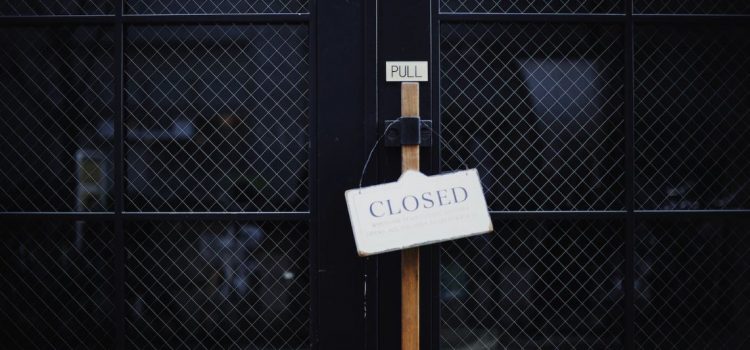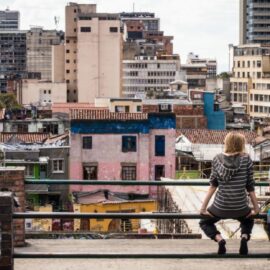
This is a free excerpt from one of Shortform’s Articles. We give you all the important information you need to know about current events and more.
Don't miss out on the whole story. Sign up for a free trial here .
Why are many US pharmacies closing? What does that mean for the local communities?
Major pharmacy chains like Rite Aid, CVS, and Walgreens are closing hundreds of stores, creating “pharmacy deserts.” Continued pharmacy closures could exacerbate healthcare disparities, necessitating new approaches for equitable access to vital medications and health services in all communities.
Continue reading to learn about the reason for the closing pharmacies and the potential effects.
Pharmacy Deserts Are Spreading
Earlier this month, Rite Aid, America’s third-largest drugstore chain, filed for Chapter 11 bankruptcy and announced it would close up to 500 of its 2,200 stores—part of a growing trend of large pharmacy retailers shuttering locations across the US. The closing pharmacies are creating dangerous “pharmacy deserts” in underserved communities, leaving many low-income, urban, and rural Americans without convenient access to critical medications and services.
Why Pharmacies Are Struggling
In recent years, Rite Aid has struggled to compete with larger pharmacy chains like CVS and Walgreens. The company is grappling with $3.3 billion in debt and dealing with legal settlements related to its role in the opioid crisis, which has caused over one million overdose deaths in the US since 1999.
Rite Aid’s challenges reflect a growing trend of drugstore giants shuttering stores following decades of growth. Walgreens and CVS, which had a combined revenue of over $455 billion in 2022 from 8,700 and 9,000 locations, respectively, established a widespread presence across the US in the 1990s and early 2000s.
In recent years, though, both behemoths have closed locations:
- In 2022, Walgreens announced it would shut 150 stores and reduce hours at 1,100 sites.
- In 2021, CVS announced plans to close 900 stores after shuttering 244 in the prior three years.
Why Are Major US Chain Drugstores Closing Locations?
Experts say that key reasons major drugstore chains are closing stores include high operational costs and a lack of unique features or products that would differentiate them from other retailers. The chains have traditionally relied on prescription-filling as their primary revenue source, but declining medication reimbursement rates have eroded these profits in recent years.
A number of additional challenges have led major drugstore chains to close stores, including:
- Increased competition. The rise of retailers like Walmart, Dollar General, and supermarkets has cut into drugstore sales. Online pharmacies have also lured customers away from brick-and-mortar stores.
- Opioid crisis lawsuit payouts. Rite Aid reached a $30 million opioid settlement with the West Virginia attorney general’s office, while Walgreens and CVS agreed to settlements of $10 billion with multiple states in 2022.
- Changing consumer behavior. The COVID-19 pandemic saw a drop in consumer foot traffic and prescription volumes due to fewer elective medical procedures.
- Labor issues. Union strikes and labor shortages have created staffing challenges.
- Retail crime. Theft and retail crime have led stores to lock up products, which can make the shopping experience less enjoyable, signal that certain stores are unsafe, and lead to a 15% to 25% loss in sales.
- High rent costs, which can be particularly unsustainable for underperforming stores.
Drugstore and Pharmacies’ Vital Role in Communities.
The US’s approximately 64,000 pharmacies serve a critical function in advancing public health, offering Americans:
Experts warn that the increasing closure of drugstores is creating “pharmacy deserts”—regions where pharmacy access is limited—in underserved areas. Pharmacy deserts disproportionately impact residents of predominantly Black, Hispanic, and low-income neighborhoods, along with rural areas.
Closing so many pharmacies in disadvantaged communities makes it difficult for residents to access life-saving medications.

Want to fast-track your learning? With Shortform, you’ll gain insights you won't find anywhere else .
Here's what you’ll get when you sign up for Shortform :
- Complicated ideas explained in simple and concise ways
- Smart analysis that connects what you’re reading to other key concepts
- Writing with zero fluff because we know how important your time is






